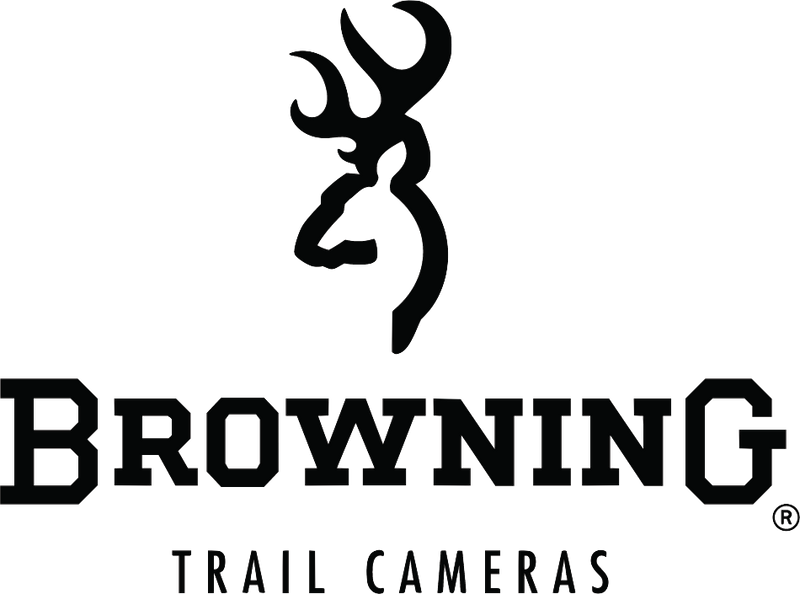Scout Now for a Successful Turkey Season
By Brandon Butler
Turkey season can’t arrive soon enough. It’s been hard looking at pictures of my friends on social media who have been down in Florida turkey hunting for the last month. Seasons are now opening in a bunch of southern states and the turkey photos are really piling up, making my turkey fever heat up. Thankfully, it won’t be long.
Missouri’s Youth Turkey Season and regular Spring Turkey Season is approaching fast. With about a month to go, there are many preparations to be made…most importantly, locating some birds. This is accomplished by scouting. There are those lucky folks who basically return to the same tree year after year to tag out each spring. But most of us mere mortals aren’t so lucky and need to spend some time searching for this year’s flock.
Longtime turkey hunter Jay Anglin is a firm believer in pre-season scouting. He credits a strong understanding of where turkeys are moving through the day as a big secret to his success.
“Listening to turkeys when they vocalize on the roost at dawn, and again when they fly up in the evening is one of the easiest ways to assess their numbers and location. This may be as simple as quietly easing your vehicle into a farm lane or pulling a safe distance off the road,” Anglin said.
As Anglin says, turkey scouting doesn’t have to require long hikes into remote wilderness. You can accomplish a lot from the comfort of your vehicle.
“Observing birds with binoculars at peak activity times is also a great way to judge the potential of a given area. Specifically, it can tell you how many gobblers are present and which ones have achieved maturity,” Anglin said.
While you can often observe a lot from your vehicle, there are still many advantages to taking a hike. Not only will you be able to find turkey sign, but during the magical time of early spring you might also find a shed antler or morel mushroom.
Now is also a great time to put your Browning Trail Cameras to work to locate flocks of turkeys. Staging trail cameras along logging roads and covering fields should help you determine if turkeys are regularly using those areas.
Trail camera photos, like this one, can let you know if you have turkeys in the area.
“Looking for turkeys is easier in early-spring because of a lack of foliage and understory growth. Look for scratching, fresh tracks and droppings that reveal where the birds are traveling. Using maps such as Gazetteers, Google Earth and smart phone apps that are specifically tailored for hunters, like OnX Hunt Maps, allows you to mark promising locations when you find them,” Anglin said.
Hunting wild turkeys is both challenging and rewarding. The opportunity to get out in the woods during spring and take in the wonders of nature as they begin to bud for a new year is a wonderful experience. The sound of a male turkey gobbling is, in my opinion, one of the most beautiful vocalizations nature has to offer, and working these birds with calls is utterly intoxicating. Knowing where to be opening morning and being ready to go increases your chances of success.
While the use of calls is the favored way of targeting turkeys, it is not the only way. Turkeys, like deer, can sometimes be patterned. If a hunter is knowledgeable about roosting and feeding areas of a specific turkey or flock of turkeys, the hunter may be able to set up on a travel route. This tactic worked for me last year. After watching a group of turkeys on numerous occasions during my many preseason scouting trips, I decided to set up on a particular field edge in hopes of catching a turkey on his way from his roost to the field he was feeding in. I used only a single hen decoy and called very little. The plan came together when the double-bearded gobbler ventured too close to my lone hen.
See you down the trail…

